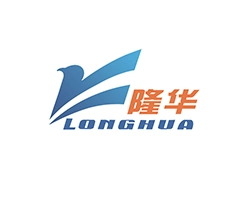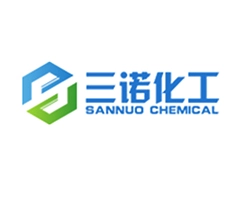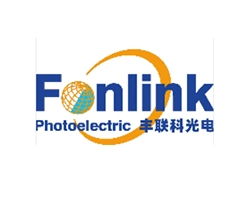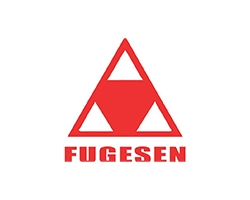With the continuously increasing demand for industrial cooling, traditional cooling tower systems are facing numerous challenges, such as high electrical energy consumption, insufficient system reliability, and low energy utilization efficiency. To tackle these problems, hybrid cooling towers have emerged as a more efficient and energy-saving alternative. By ingeniously combining the kinetic energy of the return water of the circulation system with the fan drive system, hybrid cooling towers not only address the pain points of traditional cooling towers but also make significant innovations in terms of energy saving, environmental protection, and reliability.
The Working Principle of Hybrid Cooling Towers
The core innovation of hybrid cooling towers lies in their "dual power system" — using the kinetic energy of the return water from the circulation process to drive the water turbine, and employing this kinetic energy to operate the fan, thereby driving the fan of the cooling tower. The original design intention of the system is to reduce dependence on external electricity by recovering the energy generated by the water turbine during the circulation of water.
In traditional cooling towers, the fans are driven by electric motors, resulting in high electricity consumption and efficiency decline due to environmental factors (such as varying wind speeds in summer and low temperatures in winter). However, hybrid cooling towers reduce the demand for electricity by using water turbines to drive the fans and can adjust fan speed flexibly according to temperature changes, optimizing the cooling effect.
The Advantages of Hybrid Cooling Towers
Significant Energy Saving
One of the most outstanding advantages of hybrid cooling towers is their energy-saving effect. Most of the time, the system relies on the kinetic energy of the return water to drive the fans, with electric motor assistance only when necessary, leading to significantly reduced electricity consumption. Almost year-round, the electric motor is either not used or used only in rare cases, greatly reducing electricity costs.
Reduced Operational Costs
In addition to saving on electricity costs, hybrid cooling towers also reduce dependence on electric motors and their vulnerable components, saving on equipment maintenance and replacement costs. The drastically reduced frequency of motor use makes long-term operation of the equipment more reliable and economical.
Enhanced Operational Reliability
The dual power system adopted by hybrid cooling towers ensures stable operation under various conditions. The dual guarantee of the water turbine and motor ensures that the cooling tower system maintains good operational performance under high load or extreme weather conditions, ensuring the safety and stability of industrial production.
Automatic Temperature Control
To further enhance energy efficiency, hybrid cooling towers are equipped with automatic temperature control systems. When the circulating water temperature exceeds the set standard of the equipment, the temperature control sensors automatically activate the motor to assist the water turbine, increasing the fan speed to improve the cooling effect. When the water temperature returns to normal, the motor stops working, and the system automatically switches back to the water turbine-driven fan mode, ensuring optimal cooling effect while maximizing energy savings.
Application Prospects of Hybrid Cooling Towers
The high-efficiency energy-saving characteristic of hybrid cooling towers makes them particularly suitable for industries that require long-term stable operation and have strict energy consumption limitations, such as power, metallurgy, and chemical sectors. Through intelligent temperature control adjustment and the dual power drive system, hybrid cooling towers not only meet the process requirements of heat exchange equipment but also maximize the recovery and utilization of excess energy in the circulating water system. Currently, hybrid cooling towers have become one of the most scientific, safe, and stable technologies for recovering and utilizing excess energy in circulating water systems. With the enhancement of environmental protection requirements and the strengthening of energy-saving needs, hybrid cooling towers are bound to occupy an important position in the future industrial cooling field.
Hybrid cooling towers represent the future trend of cooling technology. Through the innovative design of the "dual power system," they effectively improve the system's energy-saving effect, reduce operational and maintenance costs, and achieve automatic adjustment of the circulating water temperature through an intelligent temperature control system. The application of this technology not only meets the high efficiency requirements of modern industrial cooling systems but also responds to the global call for energy saving and emission reduction. With continuous technological advancement, hybrid cooling towers are bound to be promoted and applied in broader fields, driving industrial cooling technology towards more energy-saving, environmentally friendly, and intelligent directions.


 EN
EN
 jp
jp  ko
ko  fr
fr  de
de  es
es  it
it  ru
ru  pt
pt  ar
ar  tr
tr 











